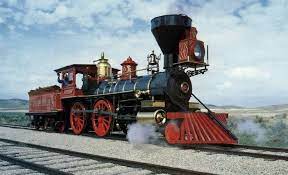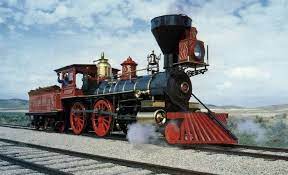
Have you been to the Inland Northwest Rail Museum just a hoot and holler west of Reardan?? If you’re into trains, train history, engines, different rail lines, anything “railroad,” this is the place to go. While not open every day year round, they have plenty of regular open days and a host of special events. Do check it out.
Coming up on Saturday, May 11th, there are Big Happenings planned for the entire weekend and I will be offering a class on “Did Your Ancestor Work For The Railroad.” Come, enjoy the displays, the train rides and, on that day, the class…… if you happen to be on the east side of the mountains.
Railroad Facts you perhaps did not know (according to a 1990 factsheet I have):
- Freight traffic on major U.S. railroads is measured in “ton-miles.” This is a term denoting the movement of one tone of freight a distance of one mile. Our U.S. railroads achieve millions of ton-miles every year
- There are no legal limits on how long a train can be but there are practical limits, such as power of the engine.
- During WWII, railroads moved practically all the men and supplies of the American Expeditionary Force to seaports.
- From 1 Dec 1941 to 30 Aug 1945, U.S. railroads carried approximately 44-million service men and women in special troop trains, hospital trains and in special cars attached to regular trains.
- The first known instance of mail being moved by rail occurred in South Carolina in Nov 1831. By 1840, railroads had begun to provide space and facilities for handling of the mail enroute. But as the movement of mail by air grew, the railroads’ mail business declined. The last mail run, between Washington and New York, was in June 1977.
- What are the commodities carried by railroads? Coal ranks first in tonage, followed by farm products, chemicals, nonmetallic minerals, food and kindred products, frozen products, lumber and wood products.
- Railroads are deemed vital to the U.S. economy. The steel industry depends on railroads to deliver its ore and coat; the car industry depends on railroads to deliver the steel and parts of making cars and then to carry cars to their destination.
- There are more railroad-railroading websites available to you than you likely have time for. Use Google and go for it!
- The place your railroading ancestor lived
- The railroad he worked for
- Railroads have historical societies and archives!
Remember all the good railroads have done for our country, and still do, the next time you’re stuck seemingly forever at a railroad crossing.

